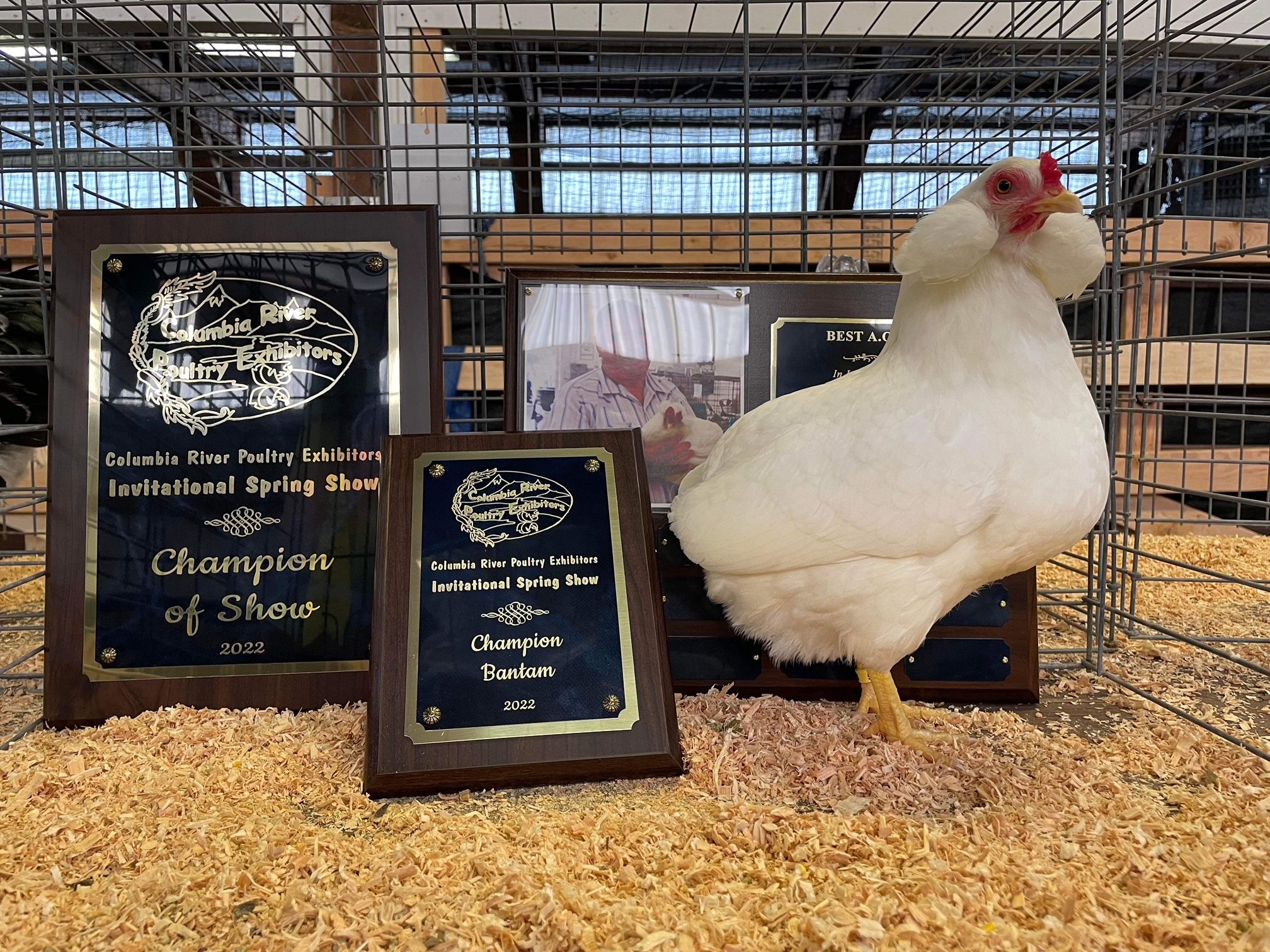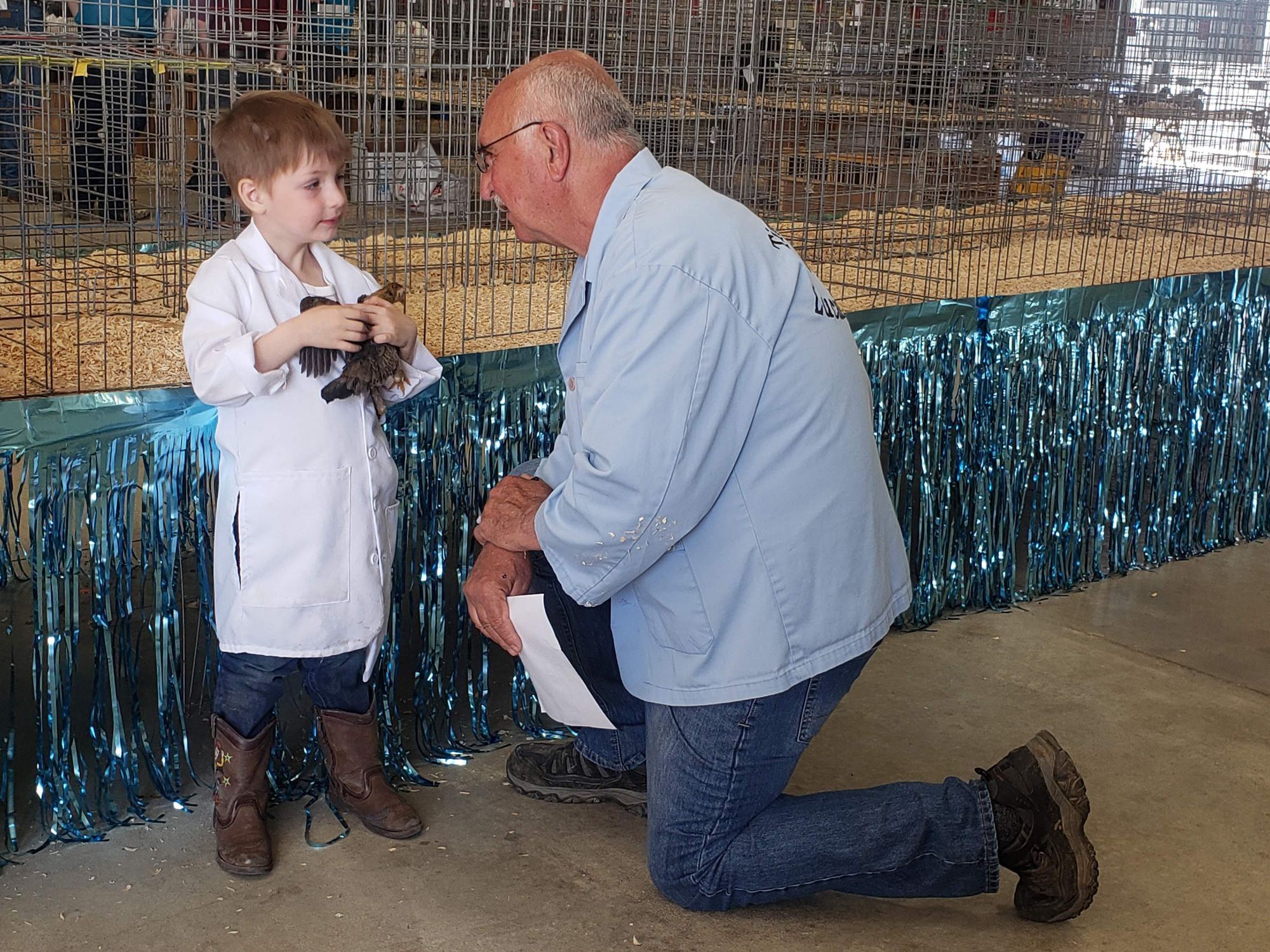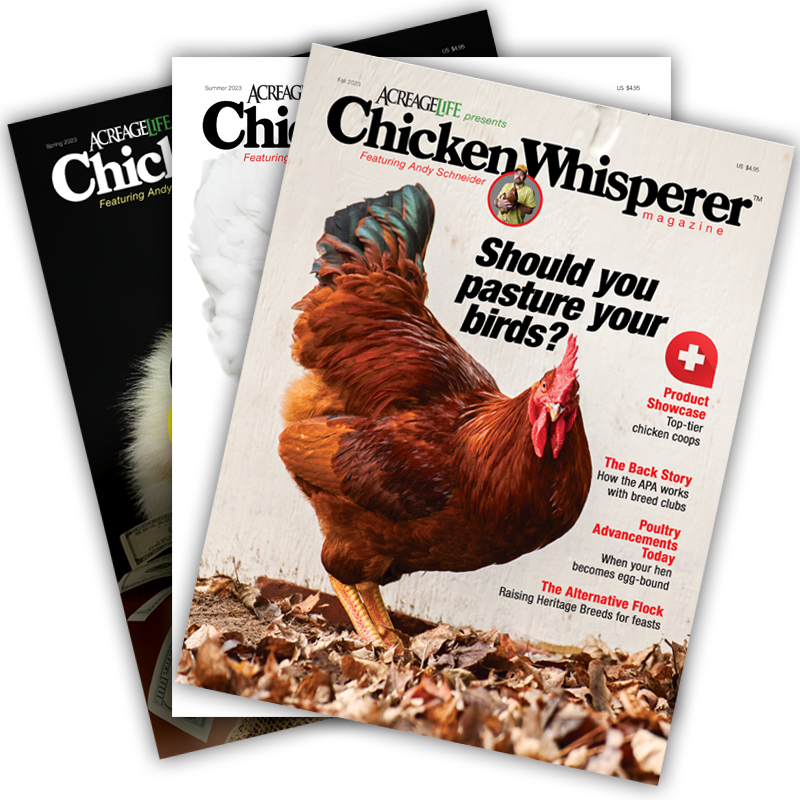Top APA Tips for Successful Chicken Rearing
Plan Your Poultry’s Breeding Season


As November rolls around, many of us are planning our breeding season for 2025. Personally, I prefer winter hatching, as I find, for large fowl, it gives them the best opportunity to grow frame before the hottest months here in Eastern Kentucky.
Many years, including this year, I find myself even having a few small pens in October. This also allows my birds to have finish by the biggest fall shows.
The American Poultry Association (APA) Standard of Perfection defines finish as “the completion of growth of the entire body, head parts, plumage, shanks and toes, and which must have the proper color, luster and sheen. Indicates bloom and health, ideal weight and perfection of plumage color and growth.”
So, if you want to try your hand at breeding, the following tips will help you get started:
Plan Your Timing
Planning timing for your breeding will depend on what you are hatching. Separate breeds need to be kept apart.
If you have specific dates in mind for birds of a certain age, check the calendar to determine when you must have the pens together and when the chicks should be hatched.
Consider Fertility
For many breeds, you may not see fertility in the first two weeks. Factors such as the time it takes the females to get used to the male or a temporary lapse in laying can all contribute to this delay in fertility.
Large Cochins will have fertility any time, so you can put those pens together whenever it is most convenient. In this way, you can plan around which shows you will need birds ready for.
Cochins are one of only three breeds in the APA’s Asiatic class. They have soft, fluffy feathers, covering them down to their feet. Their lush plumage makes them look even bigger than they already are, with fully mature hens weighing about 8.5 pounds and roosters weighing 11 pounds.
Large Orpingtons, on the other hand, tend to lose fertility in the coldest months. If you don’t get them on the ground by November, it will be unlikely to get any kind of numbers on the ground again before February.
Orpingtons are shown in the APA’s English class. They are a dual purpose, egg and meat breed. They are known for their calm, even temperament. They are good broody hens and good mothers.
As for the Wyandottes, you may find that they also seem to have fertility almost anytime, so you can set those up accordingly as well.
Wyandottes are in the APA’s American class, sharing their name with a Native American tribe. They are cold hardy, tracing their history to the cold winters of New York State.
Choose Breeding Birds
As for who will be bred, it is going to depend on what the line needs. To that end, breed with the Standard of Perfection as the goal. Determine what points need improvement in your flock, and breed toward them.
Many breeders choose to breed the best of the best. This works well for most, however, you will want to evaluate what the year’s productions need. For example, if the Orpingtons produced seem to have many females with shorter backs, you may need to look at the breedings from the previous year.
Ask yourself questions, such as, which pen are the shorter females from? Then evaluate how to breed the hens for longer backs to meet the Standard.
To compensate for some of the female genetics, you may want the male to be overly long in order to keep the females that had proper length. This will inevitably result in some very long females but will also balance out the short-backed genetics.
Evaluate the Results
Consider reevaluating your breeding choices based on the outcomes of those previous breedings. If you are about to pair out the breedings and pinpoint the female(s) producing the issue (or the breeding), you can also decide if culling from the program is worth it at that time.
Culls may not be appropriate for the breeding program, but they can be good breed ambassadors for other backyard flocks. Standard breeds, such as Cochins, Orpingtons and Wyandottes, can introduce keepers to the APA and its Standard of Perfection.
Plan for Successful Breeding
In the end, the important part is understanding each individual breed and their laying cycle, fertility and growth. When you know these things, you can correctly plan a successful hatching season.
The opinions of trusted poultry judges are helpful, but individuals may interpret the Standard differently. Ultimately, it’s your birds and your flock. Set your own goals and breeding priorities.
Write out your goals, so that you can refer to them as the chickens grow, and you can evaluate the flock’s progress at the end of the year.
Master Breeder Bruce Sherman Offers These Tips for Housing and Feeding
Consider your space. Bantams get about 5 square feet per bird and large fowl average about 8 square feet. Example: a 4-by-10 pen could handle four to five large fowl. Typically, our breeding pens are no larger than three females and one male.
- Have a raised nest box with clean shavings.
- Ensure pens have roosts varying in distance from the ground.
- Offer fresh water daily and ensure waterers are cleaned weekly.
- Provide plenty of ventilation and let birds out often in a fenced run for additional sunlight and exercise.
- Deworm prior to breeding and saving eggs.
Tags:The APA Back Story

Chicken Whisperer is part of the Catalyst Communications Network publication family.











